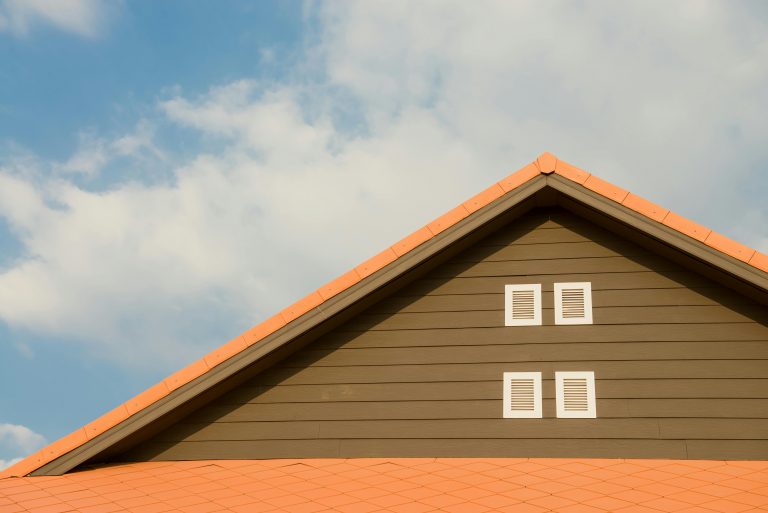
Roofing repair and installation can be considered a type of maintenance work that ensures the structural integrity of a building. A roof is an important part of any house. It performs a crucial function in protecting the home from heavy rainfall, sun, and other natural phenomena. It also helps regulate interior temperature by keeping some of the heat inside while keeping some cold out. A roof is functional and aesthetically pleasing, which is why it is desirable to maintain its integrity.
Many homeowners are opting for asphalt shingle roofs because they are cheaper than other types of shingles on average. The materials required for roofing installation are not expensive, and the tools needed to do the work are simple. What makes roofing installation complicated is the weather conditions and windy days, making it hard to work on the roof.
An individual should not attempt the installation of a new roof with no proper skills and training. Roofers require licenses, an asphalt shingle installation guide, certificates, and insurance to do this type of work. About how much does a new roof cost? The approx cost of a new roof for a new asphalt roof shingles cost per square ranges from $5 to $6, depending on the size of the home or business and what type of shingles you want to be installed on your roof.
When it comes to roofing materials, many homeowners may not be aware of the best type of roof for their home. Since some types of roofs may be more durable in areas that experience heavy weather conditions, it’s important to consult with a roofing company.
Durability and Longevity
A recent consumer survey on roofing materials revealed that durability and longevity were at the top of the list when determining which type of roof to purchase. Durability was the determining factor for 88% of the participants, and longevity was the determining factor for 83% of the participants.
Homeowners that live in areas with heavy storms, hail, high winds, and snowfall, may decide to have metal roofs installed. In addition to being durable, they also have a long lifespan when they receive regular roof maintenance.
The Advantages of Metal Roofing
While metal roofs can last a lifetime, roofs made of asphalt or other materials may need to be replaced every 10 to 20 years. Roofs that are over 20 years old and constructed from less-durable materials have an increased chance of collapsing or being damaged due to high winds, ice, and snow accumulation.
Asphalt shingles and other conventional roofing products are often disposed of in America’s landfills. Every year, about 20 billion pounds of roofing materials become waste. Metal roofs, however, contain recycled content of at least 25%. In some cases, metal roofs can be installed over existing roofs, which decreases waste and costs. As a result, metal roofs can make a positive environmental impact.
Some roofs can be coated, which will extend their lifespan for about 25 years. This can also make a positive environmental impact because these roofing materials aren’t ending up in landfills.
Save Costs with Metal Roofing
There are other benefits to having a metal roof installed. In some states, such as Texas, homeowners may be able to receive reductions on their homeowner’s insurance premiums. These premiums may be reduced by as much as 35%, which is a significant cost reduction.
When compared to dark-asphalt shingle roofs, metal roofs can also save on energy costs. It’s been shown that a cool metal roof has the capacity to save approximately 25% on overall energy consumption. In general, metal roofing usually comes with a 30 to 50-year manufacturer warranty, which is another major benefit.
Roof Maintenance and Repair
Roofs generally need to be repaired when they sustain weather damage. This is the point at which many homeowners choose to have their roofs repaired. A recent consumer survey found that this was the primary motivation for 65% of the participants that had their roofs repaired after sustaining weather damage.
The Insurance Information Institute reports that winter storms are the third largest cause of home and property damage. Unfortunately, collapsed roofs are a common phenomenon. Collapsed rain gutters, for example, are the most common form of ice dam damage. In addition to collapsed rain gutters, walls and ceilings can also sustain damaged when ice melts and freezes again.
Another essential form of roof maintenance is to insure that attics are properly insulated. This can prevent ice dams from forming and also save homeowners 10% to 50% on their heating and cooling bills.
The Federal Emergency Management Agency’s Recommendations
The Federal Emergency Management Agency (FEMA) has issued a snow load safety guide that provides roof maintenance recommendations along with other vital information. According to FEMA’s guide, it’s important to ensure that a roof is able to hold up to the extra weight of fresh and wet heavy snow prior to the onset of winter.
A single foot of snow, for example, can range in weight from 3 pounds per square inch for light, dry snow, and up to 21 pounds per square inch for wet, heavy snow. Even though most new roofs are supposed to be able to handle 15 to 30 pounds per square foot, it’s important to determine whether or not a roof is able to actually sustain this weight.
Learn More From a Roofing Company
If you’re planning to replace your roof, it makes sense to discuss your options with a roofing contractor. When you live in an area that experiences severe weather conditions, metal roofing may be the best type of roof for your home.






